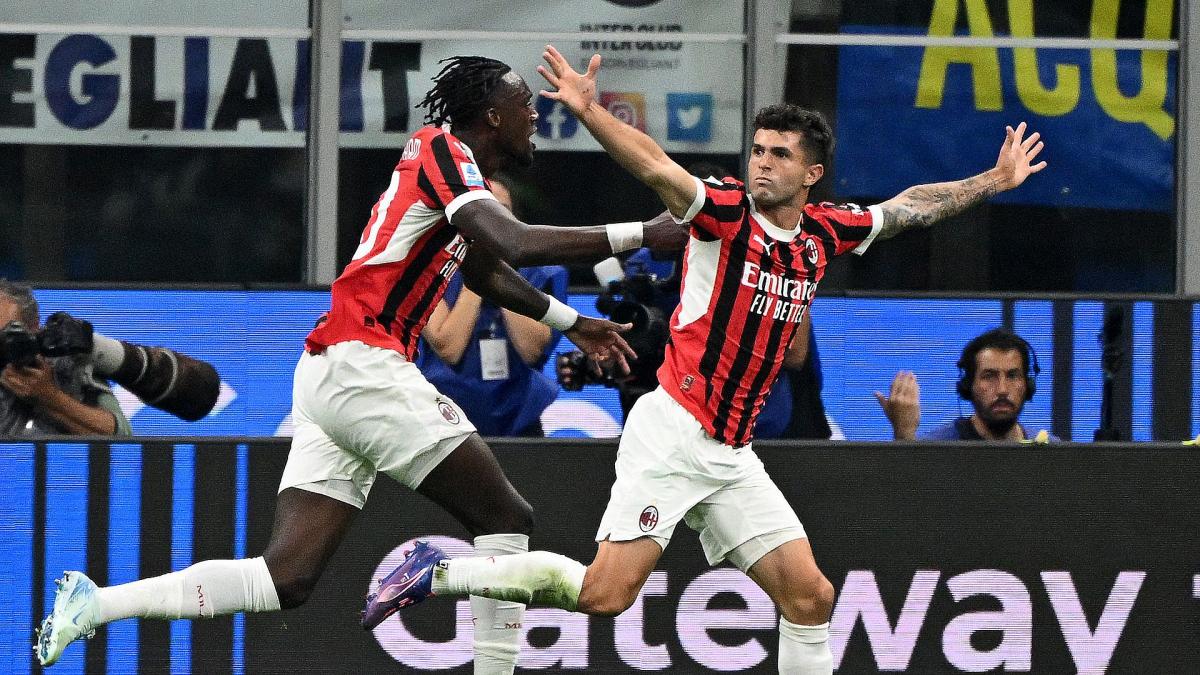Carlos Peters pushes the limits. As a visual artist he took the path of experimental production; In writing, he chose an anachronistic language of themes that seem elusive and timeless. Both expressions, visual and narrative, have a point in common: memories full of symbolic images.
“Despite the doubts that constantly assail me about everything, more than thinking, I trust in the judgment of saving intuition.”writes the author in a preamble in which he warns that the reader will delve into his observations, dreams and imagination.
It is difficult to catalog Peters’ writing perhaps because it is neither a chronicle nor an essay and is loaded with poetic images. On the pages of The left lobe of the brainit seems that everything is ethereal and at the same time definitive.
The curator Paula Honorato and the philosopher and professor at the University of ChileSergio Rojas will be in charge of presenting the book on Saturday, November 23 at 12:00 hrs at the National Museum of Fine Arts. They will do so in the context of political forms, recent exhibition at the museum, where a work by Carlos Peters was exhibited because it was considered a precursor of the Chilean experimental scene of the early 1970s.
The story continues below
More about Books
The book, of almost 300 pages, from Ediciones Los Diez, brings together notes and notes that Peters wrote between 1983 and 2000. He began collecting them in 2019 and editing them in 2020 when he lost his job due to confinement caused by the pandemic. It is a fragmented writing of moments, where he translates into words the nebulous record that emotions transform into images.
“I try to translate the shapeless world of feeling, all those sensations and worlds that one perceives as when children see and understand without passing through reason.”explains the writer.
The book is accompanied by a chapter of images that are works of art by the author made in seconds in his free time as an employee.some made on the secretary’s typewriter, others with a Bic pencil. The material or the technique did not matter, but it channeled anguish and depression. There are also memories, clippings, portraits that converse with the intimate story of the text, which at the same time is a nod to Chilean identity. They are images to decipher stories that include creative processes.
In the words of the writer and professor at the University of Cambridge, Carlos Fonseca, “Peters has built this beautiful book as a chamber of echoes and memories. Powerful and lyrical, this is a book written with an eye toward the memory of the future.”
What are the main themes in “The Left Lobe of the Brain” that reflect Carlos Peters’ artistic vision and how do they resonate with contemporary issues in the art community?
As a professional website editor, I would like to introduce our guests for today’s interview. We have Dr. Paula Honorato, a renowned curator and art historian with extensive experience in contemporary art practices, and Dr. Sergio Rojas, a distinguished philosopher and professor who specializes in aesthetics and critical theory. Both of them will be discussing the recently published book “The Left Lobe of the Brain” by Carlos Peters.
Dr. Honorato, as a curator, could you give us an insight into your understanding of Carlos Peters’ work and his approach to art? How do you think his visual art and writing intersect, and what role did they play in shaping his unique artistic style?
Dr. Rojas, as a philosopher and scholar, could you provide us with a critical analysis of Peters’ writing style? What do you think is the significance of the preamble he writes in the book, which warns about the dreamy and yet definitive tone of his observations? How do you see his writing evolving over time, particularly within the context of the Chilean experimental scene in the early 1970s?
Dr. Honorato, as a part of the team presenting the book at the National Museum of Fine Arts, how do you plan to engage with the audience during the presentation? What are some of the key themes and ideas you will be discussing in relation to the museum’s exhibition “Political Forms,” where Peters’ work was previously displayed?
Dr. Rojas, as a professor, how do you think Peters’ writing speaks to contemporary audiences? What are some of the lessons that young writers and artists can learn from his approach to creativity and art-making?
Dr. Honorato, could you tell us more about the process behind the publication of “The Left Lobe of the Brain”? How did Peters’ decision to edit and publish these notes and essays come about, and what role did his experiences during the pandemic play in his creative process?
both of you, could you share your thoughts on the future of Carlos Peters’ legacy and his impact on the artistic landscape of Chile and beyond? Do you see any particular school of thought or art form emerging that is influenced by his work?
Thank you for joining us today. Our audience looks


